Mentoring:
Engage, Encourage, Empower
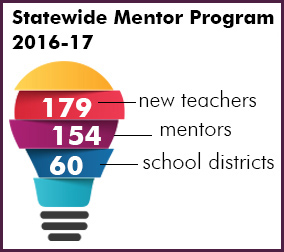 The 2016 education package included the establishment of the Statewide Mentor Program.
The 2016 education package included the establishment of the Statewide Mentor Program.
Recognizing the importance of supporting new teachers at the beginning of their careers, the program pairs experienced, trained mentors with first-year teachers for a period of two years. Participants commit to 34 hours of mentoring per year, with mentor guidelines focused on the South Dakota Framework for Teaching. The framework encompasses the state’s standards for teaching practice, and is aimed at helping teachers continually improve their professional practice. Successful completion of the mentoring program counts towards certificate renewal requirements for mentors and new teachers. Participants can also purchase graduate credits.
In November 2016, almost 180 first-year teachers met their mentors at events across South Dakota, kicking off the first year of the program.
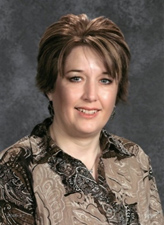
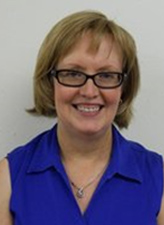
“As a special education teacher, I have a small number of students and usually work with them one-on-one, so I wasn’t sure I would have anything to offer Dee, since she teaches CTE in a general education setting,” says mentor Cathy Smith, a special education teacher in Faith. “I ultimately found that she needed a listening ear and someone ‘safe’ to ask questions of. We have a lot in common and quickly built a relationship of trust.”
Cathy-Smith
“If I wouldn’t have had Cathy as a mentor, I wouldn’t be teaching today,” Dee Quinnett, a first-year teacher with Northwest Area Schools Education Cooperative, says of her mentor, Cathy Smith.
Read more of Cathy and Dee’s story.
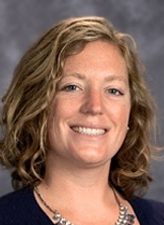

Renee Allen, a special education teacher at Georgia Morse Middle School in Pierre, mentored Justin Tostenson. She says, “The reflection process has allowed me to better my skills. Mr. Tostenson shared so many great ideas with me that I was able to use in my teaching also. It was a rewarding and enjoyable process. I would encourage anyone who likes to better themselves and to help others to participate in the State Mentor Program.”
Justin Tostenson is a CTE/STEM teacher at Georgia Morse Middle School in Pierre. He appreciated having a mentor to help him with classroom management and working with parents. He says, “This program gave me the confidence and advice that I needed to make it through the first year.”

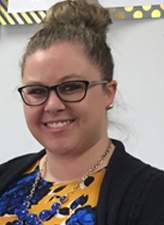
“Though I’m mentoring a teacher at another school, it has helped me to become a better coworker to newer teachers at my school,” says Bridgewater-Emery High School English teacher Patti Lager. “I’m able to see that some of the struggles and questions new teachers have are universal no matter where one teaches. We also spent time in each other’s classroom, which is good for both just to provide a fresh perspective and insight.”
Shelby Tomoson is a first-year English teacher at Menno High School: “I love that my mentor is from a different school district; this allows me to understand a variety of ways a school can function. She is a great resource to go to when I need an unbiased opinion on any given school issue. She also provided me with any materials I requested a sample of (such as worksheets, discussion questions and essay prompts).”
Helping communities grow their own teachers
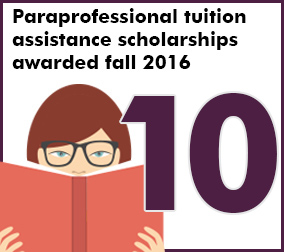 In 2016, the South Dakota Legislature passed Senate Bill 81, which established the paraprofessional tuition assistance scholarship program to help paraprofessionals pursue a teaching degree. This program was a recommendation of the Native American Student Achievement Advisory Council. It is targeted to South Dakota schools with qualifying state assessment scores and serving student populations of which at least 50 percent is comprised of Native American students.
In 2016, the South Dakota Legislature passed Senate Bill 81, which established the paraprofessional tuition assistance scholarship program to help paraprofessionals pursue a teaching degree. This program was a recommendation of the Native American Student Achievement Advisory Council. It is targeted to South Dakota schools with qualifying state assessment scores and serving student populations of which at least 50 percent is comprised of Native American students.

“The goal is to help schools in Indian Country grow their own teachers,” says Mato Standing High, director of Indian education for the South Dakota Department of Education. “Individuals who qualify for this scholarship are already invested in their communities. Now there is help for them to take the next step and become full-fledged teachers.”
Ten scholarships were awarded in 2016. Participants are completing coursework both online and face-to-face, with Black Hills State University in Spearfish, and Sinte Gleska University in Mission, the lead postsecondary institutions.